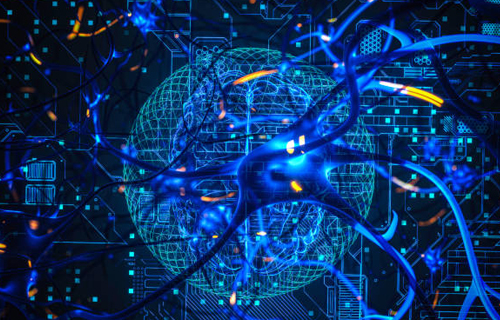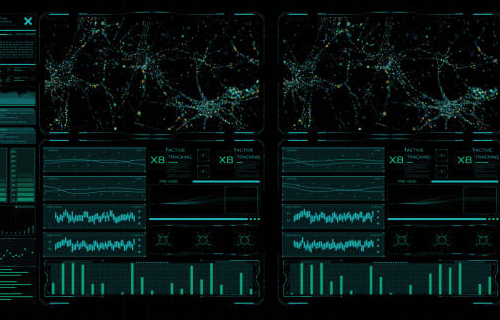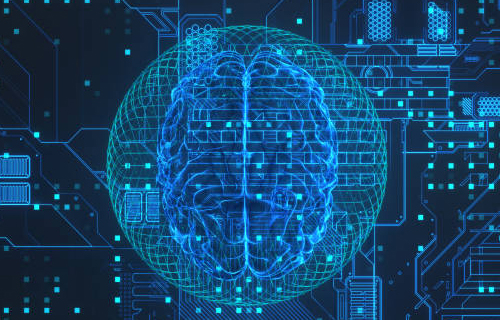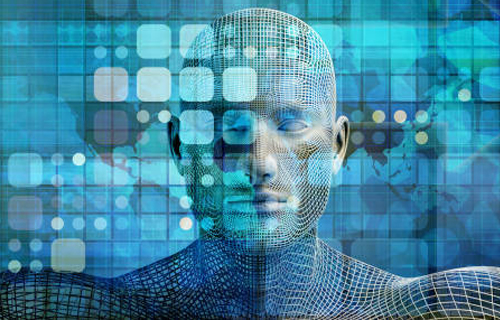
Neuroprosthetics is a field that focuses on developing devices that can restore sensory and motor function to people who have lost it due to injury or disease. Over the past few decades, there has been significant progress in this field, with the development of advanced technologies that can help people with disabilities to regain some degree of independence. This article on the neuroscience network explores the development of neuroprosthetics and how they are used to restore sensory and motor function.
What is Neuroprosthetics?
Neuroprosthetics are devices that are designed to interact with the nervous system. These devices can restore function to people who have lost sensory or motor function due to injury or disease. The nervous system is a complex network of neurons and synapses that transmit information between different body parts. Neuroprosthetics work by interfacing with this network, either by stimulating neurons or reading the signals they generate. It is interesting to know that the development of neuroprosthetics can play an essential role in restoring sensory and motor function, which you will learn more about later.

The Development of Neuroprosthetics
The development of neuroprosthetics has been driven by advancements in technology and neuroscience. Initially, neuroprosthetics were simple devices that could stimulate neurons in the brain or spinal cord to elicit movement in the limbs. However, over time, researchers have developed more sophisticated technologies that can read the signals generated by neurons and use them to control external devices.
One of the significant breakthroughs in neuroprosthetics has been the development of brain-computer interfaces (BCIs). BCIs are devices that can read the electrical signals generated by neurons in the brain and use them to control external devices, such as prosthetic limbs. BCIs have been used successfully in clinical trials to help people with paralysis control robotic limbs with their thoughts.

Another breakthrough has been the development of sensory neuroprosthetics. These devices stimulate neurons in the sensory pathways to elicit sensations such as touch or pressure. Sensory neuroprosthetics has been used to help people with sensory deficits, such as blindness or deafness, to regain some degree of sensory function.
Applications of The Development of Neuroprosthetics
Neuroprosthetics have a wide range of applications in medicine and healthcare. Some of the most promising applications include:
- Restoring Motor Function: Neuroprosthetics can restore motor function to people who have lost it due to injury or disease. For example, people with spinal cord injuries can use neuroprosthetics to control robotic limbs and regain some degree of independence.
- Restoring Sensory Function: Sensory neuroprosthetics can restore sensory function to people who have lost it due to injury or disease. For example, cochlear implants can be used to help people with hearing loss to hear sounds.
- Treating Neurological Disorders: Neuroprosthetics can treat a wide range of neurological disorders, such as epilepsy, Parkinson’s disease, and chronic pain. For example, deep brain stimulation (DBS) is neuroprosthetic that can treat Parkinson’s disease by stimulating specific brain areas.
- Studying the Brain: Neuroprosthetics can also be used to study the brain and understand how it works. For example, researchers can use BCIs to check how the brain controls movement and learn more about the underlying neural mechanisms.

Neuroprosthetics applications
The development of neuroprosthetics is an exciting area of research with tremendous potential for improving the lives of people with disabilities. As technology continues to advance, several future directions in neuroprosthetics hold promise:
- Miniaturization: As technology becomes smaller and more advanced, neuroprosthetics will become more compact and less invasive. This will make them more accessible to a broader range of patients and improve their overall quality of life.
- Personalization: Neuroprosthetics will become increasingly personalized, with devices tailored to individual patient’s needs and preferences. This will help to improve their effectiveness and reduce the risk of complications.
- Improved Sensory Feedback: Neuroprosthetics will become more sophisticated in providing patient sensory feedback. For example, researchers are developing neuroprosthetics that can give patients a sense of touch and proprioception, significantly improving their ability to control prosthetic limbs.
- Advanced Neural Interfaces: As technology advances, there will be a greater focus on developing advanced neural interfaces that can read and interpret the signals generated by neurons more accurately. This will lead to more precise control of external devices and better patient outcomes.

future directions in neuroprosthetics
Conclusion
Neuroprosthetics is a rapidly advancing field with tremendous potential for improving the lives of people with disabilities. From restoring motor and sensory function to treating neurological disorders, neuroprosthetics has many applications in medicine and healthcare. As technology advances, several future directions in neuroprosthetics hold promise for improving their effectiveness and reducing the risk of complications. The development of neuroprosthetics will continue to play an increasingly important role in healthcare, and we can expect to see many more exciting breakthroughs.

